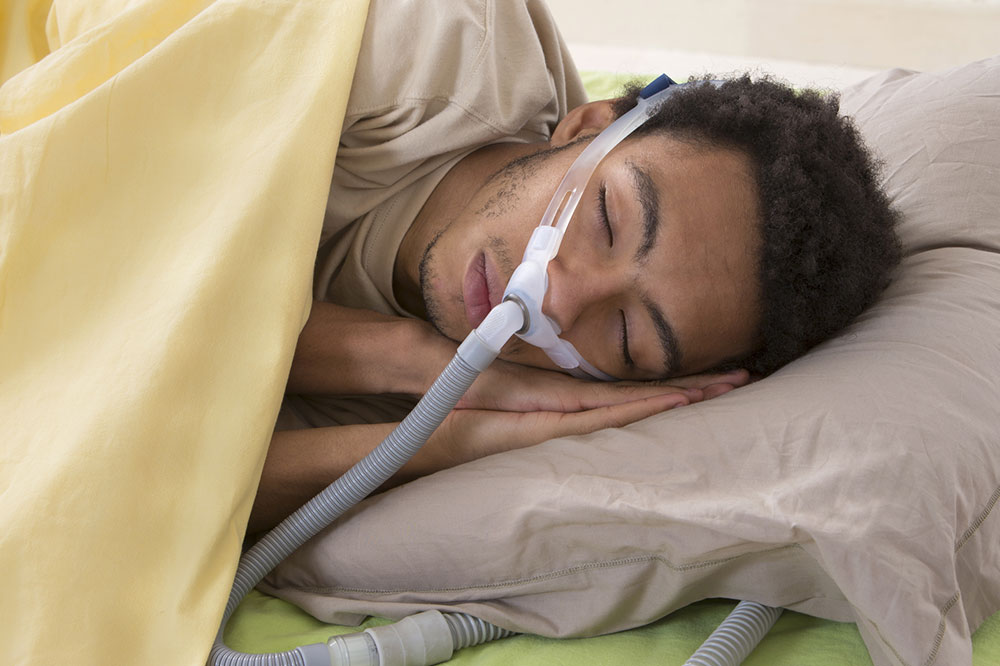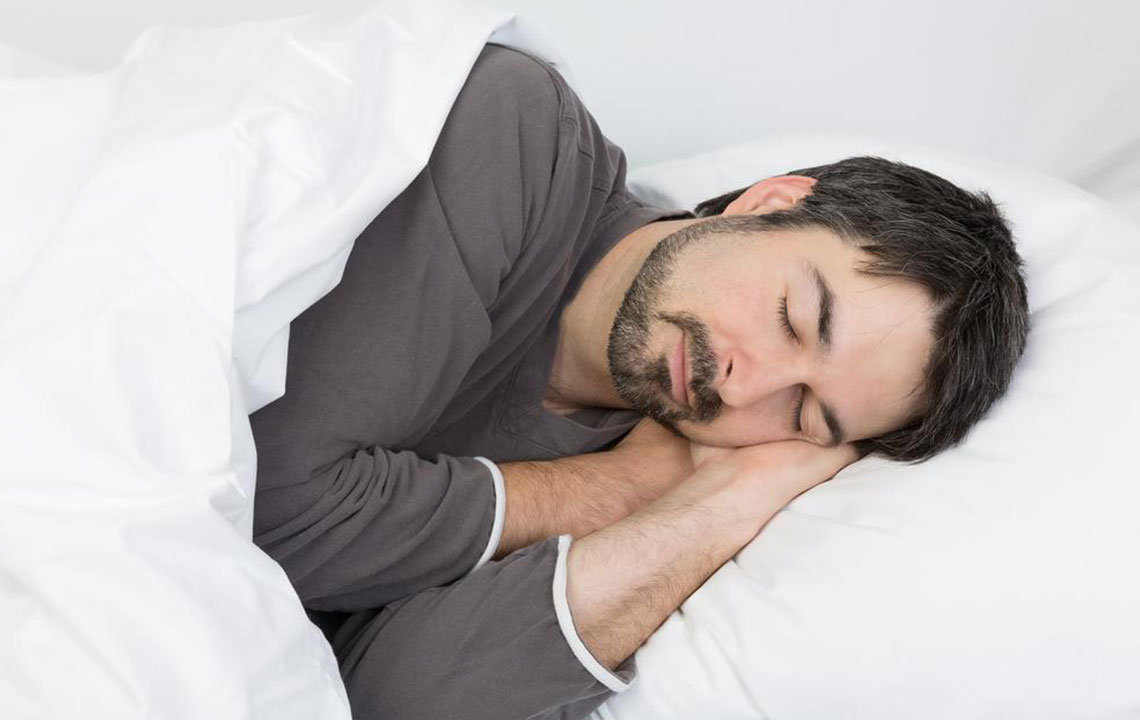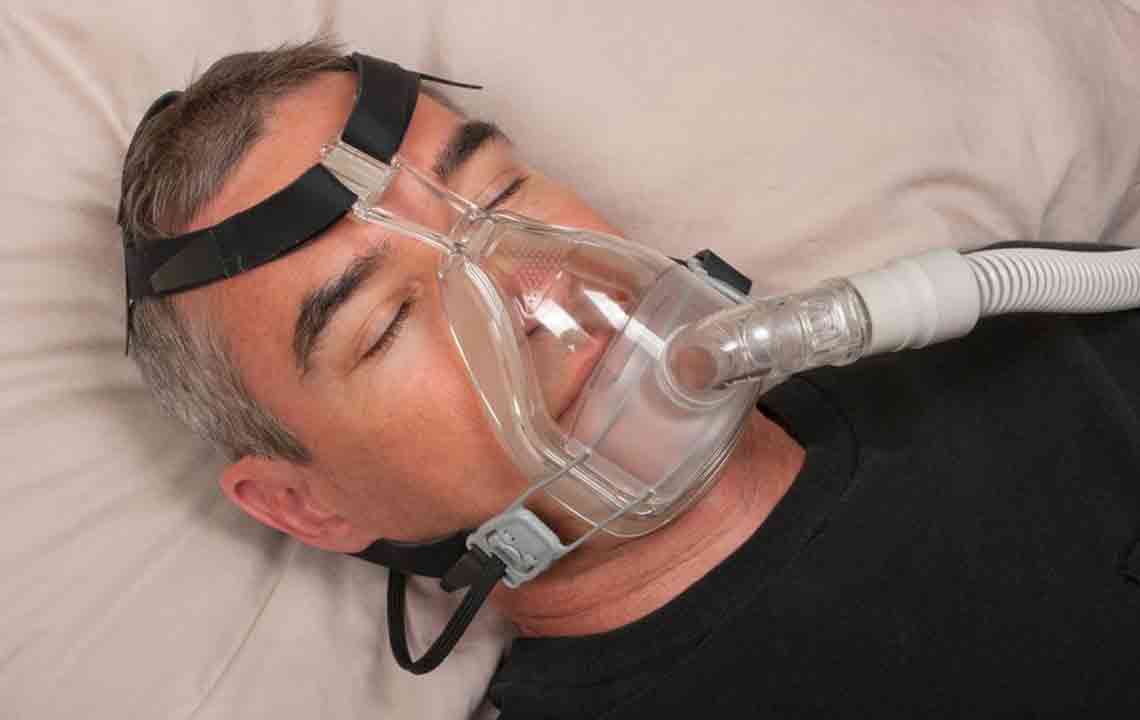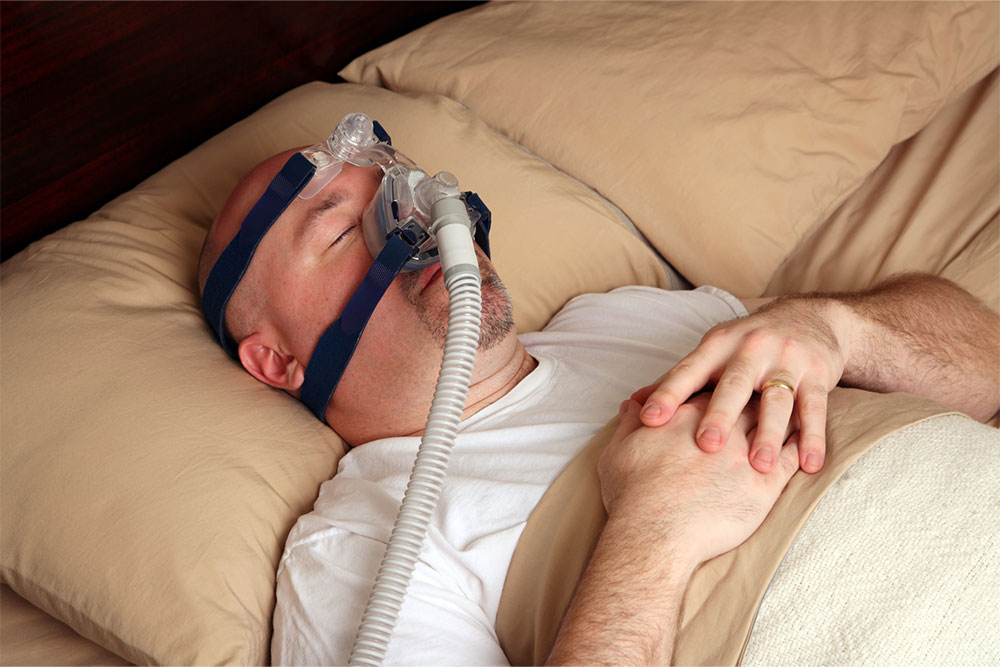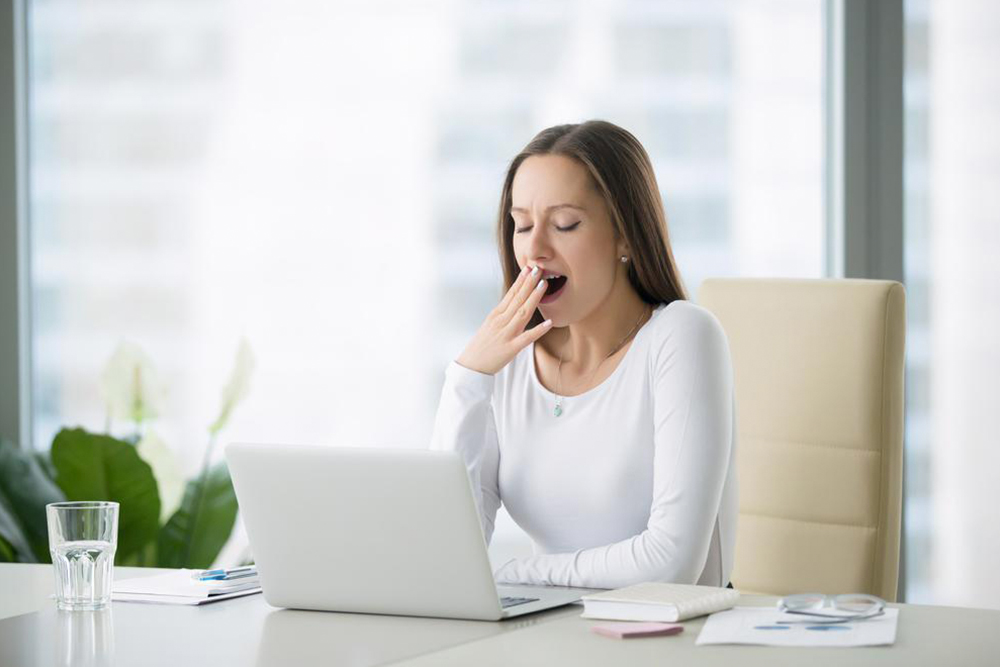Effective Self-Assessment Techniques for Sleep Apnea Detection
This article explores effective self-assessment techniques for sleep apnea, including symptom indicators and simple home tests. Early detection is key to managing this sleep disorder, which can cause daytime fatigue, choking episodes, and other health issues. It emphasizes the importance of professional consultation before selecting testing devices and provides practical methods for individuals to evaluate their risk. Recognizing symptoms early allows for timely treatment, improving overall health and sleep quality.

Effective Techniques for Self-Identifying Sleep Apnea
Sleep apnea is a prevalent sleep disorder characterized by irregular and interrupted breathing patterns during sleep. Also known as ‘Sleep Apnoea,’ it results in shallow breaths or pauses in breathing. These episodes often lead to snoring and may cause multiple awakenings with choking or gasping sounds throughout the night.
Self-Evaluation Methods for Sleep Apnea
Early detection is crucial for initiating timely treatment. This article highlights the most reliable self-assessment methods to help identify potential sleep apnea issues.
These self-tests and criteria assist in determining whether you might be experiencing sleep apnea and guide you toward appropriate medical intervention.
Key Indicators from Self-Assessment
If your self-test results show the following signs, it indicates a high likelihood of sleep apnea requiring professional evaluation:
Feeling excessively sleepy during daytime hours
Waking up unrefreshed and fatigued
Experiencing difficulty concentrating or memory lapses
Having frequent nighttime awakenings with choking or gasping sounds
Shortness of breath upon waking
Noticing loud snoring or episodes of breath cessation observed by a partner
Waking up multiple times to visit the bathroom (nocturia)
Having morning headaches
Experiencing mood changes, irritability, or decreased sexual desire
Obesity, a large neck circumference, recessed jaw, enlarged tonsils or tongue, and deviated septum are physical traits associated with increased sleep apnea risk.
Types of Self-Testing for Sleep Apnea
Since sleep apnea occurs during sleep, testing can be challenging. There are primarily two categories: laboratory-based assessments conducted by healthcare professionals and home-based self-tests for milder cases. Medical facilities provide specialized equipment and guidance; however, for less severe scenarios, individuals can perform self-assessments at home using simplified devices provided by healthcare providers. These home tests are user-friendly and suitable for laypersons, making early detection accessible.
With a variety of devices available in the market, selecting an effective tool requires consultation with a sleep medicine specialist to ensure accuracy and reliability.
Four Self-Assessment Methods to Try Immediately
Detecting sleep apnea early is vital for effective treatment. Here are four practical self-assessment approaches:
Snore Audit – Monitoring snoring intensity, breath gasps, and morning headaches.
Epworth Sleepiness Scale – Measuring the tendency to doze off during daily activities like work, travel, or leisure.
Berlin Sleep Questionnaire – Evaluating snoring severity and episodes of choking or breathing interruptions.
Note:
The information on this platform aims to provide helpful insights across multiple categories. While research-based, it should not replace professional medical advice. Users should consult healthcare experts for definitive diagnosis and treatment plans. The website is not responsible for discrepancies or outdated information, and readers should seek personalized medical guidance.

